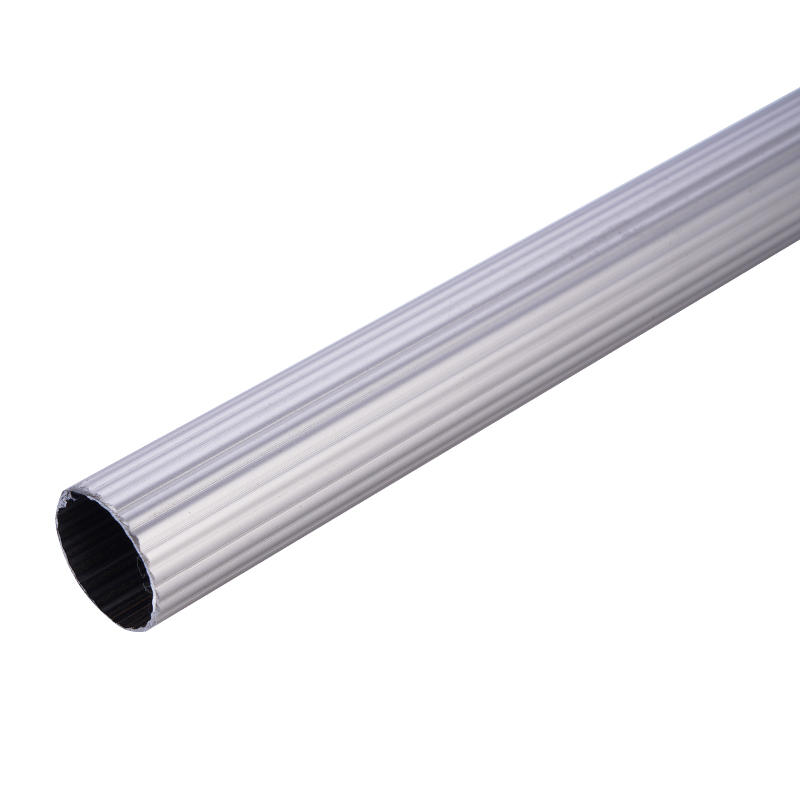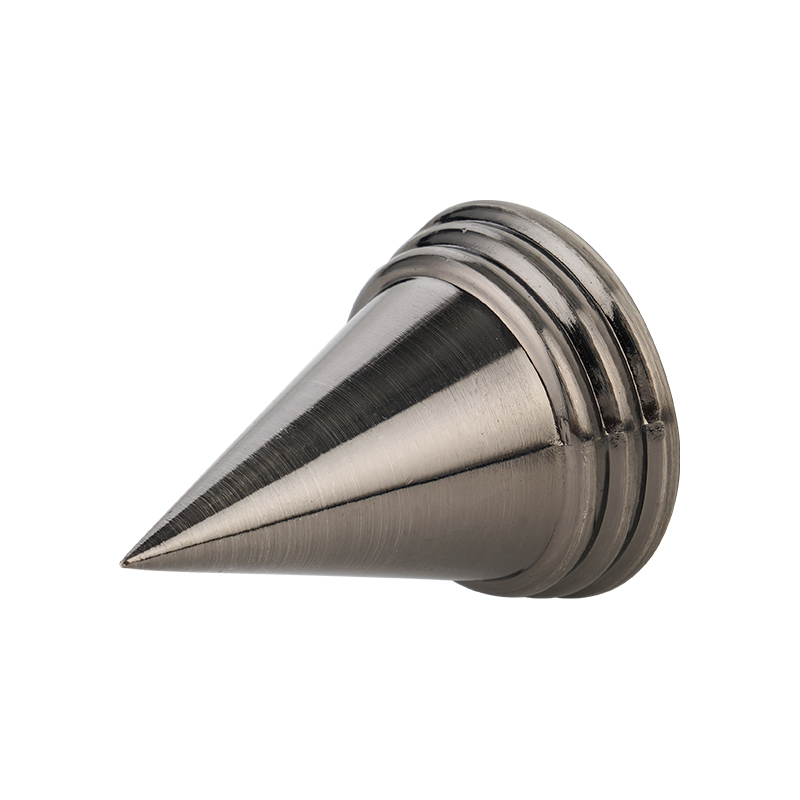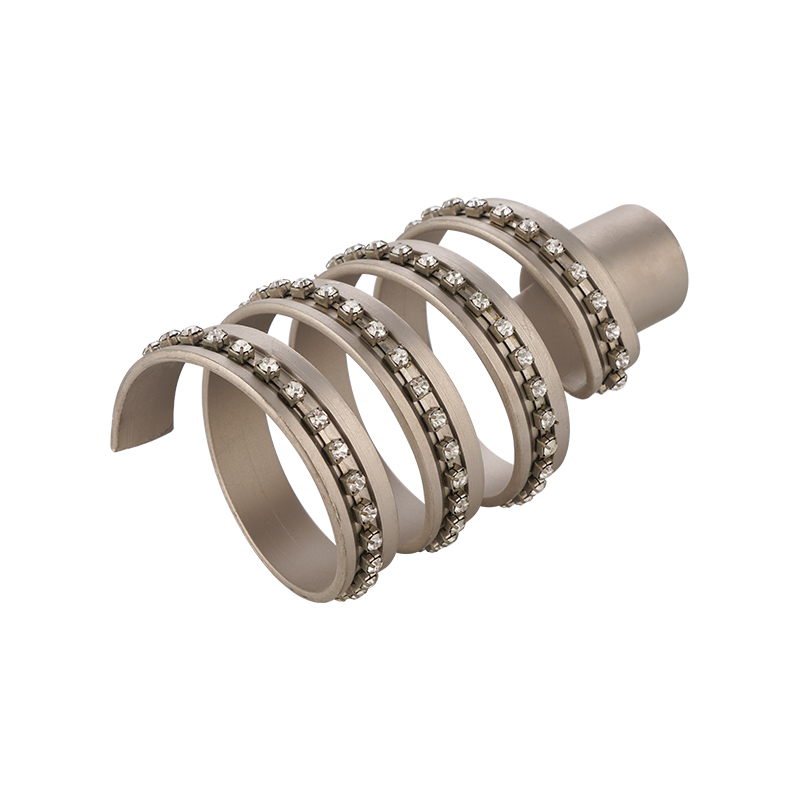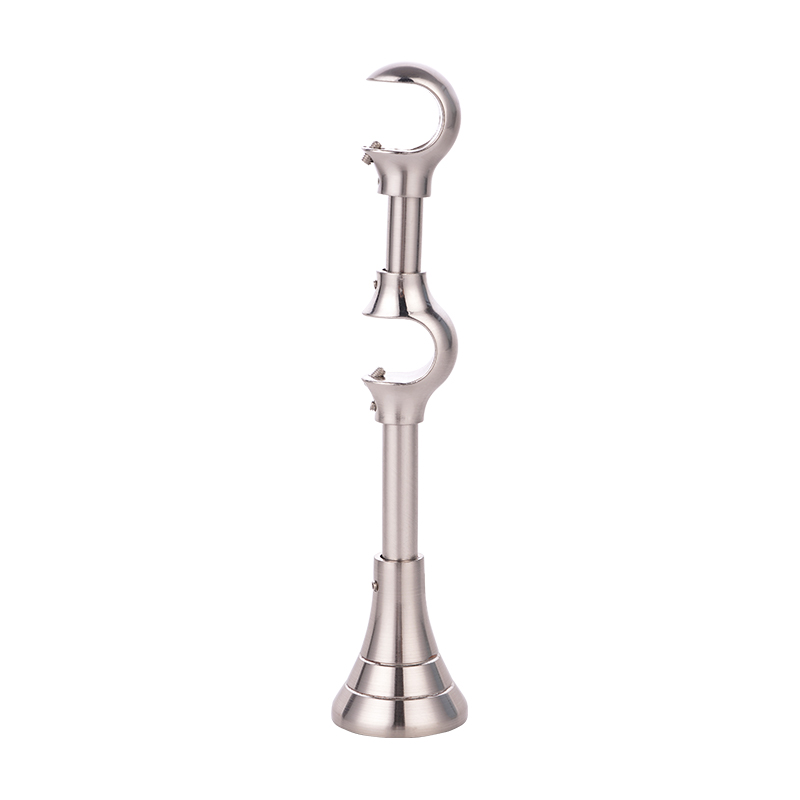1. Manufacturing Excellence and Technological Innovations in Plum Curtain Tubes
Plum Curtain Tubes have earned acclaim in the industry for their robust manufacturing processes and integration of cutting-edge technologies. At the heart of their production lies a commitment to quality and innovation, beginning with the careful selection of materials.
Material Selection and Quality Assurance:
Plum Curtain Tubes are primarily crafted from high-grade aluminum alloys, chosen for their exceptional durability, lightweight nature, and resistance to corrosion. These alloys are sourced from certified suppliers who adhere to stringent quality standards, ensuring consistency and reliability in material properties. The choice of aluminum not only enhances the longevity of the curtain tubes but also supports sustainability initiatives due to its recyclability.
Advanced Manufacturing Techniques:
The manufacturing process of Plum Curtain Tubes leverages advanced extrusion technology, a method that allows for precise shaping of aluminum profiles. Extrusion involves forcing heated aluminum through a die to create desired cross-sectional shapes, ranging from simple straight profiles to complex curves and angles. This process is crucial in achieving dimensional accuracy and structural integrity across various tube designs.
To further enhance precision and efficiency, Computer Numerical Control (CNC) machining is employed. CNC machines operate with programmed instructions to perform intricate tasks such as drilling, cutting, and milling with high accuracy. This automation reduces human error, ensures uniformity in product dimensions, and enhances overall production efficiency.
Surface Treatment and Finishing:
After extrusion and machining, Plum Curtain Tubes undergo surface treatments to enhance their aesthetic appeal and functional performance. Anodizing is a common technique used to create a durable oxide layer on the aluminum surface. This layer not only improves corrosion resistance but also provides a base for coloring options, allowing customers to choose from a spectrum of finishes that complement their interior design schemes. Powder coating is another popular finishing method, offering durability, UV resistance, and a wide range of color choices without emitting volatile organic compounds (VOCs).
Technological Innovations and Quality Control:
Technological advancements play a pivotal role in the production of Plum Curtain Tubes. Automated production lines and robotics are integrated into the manufacturing process to streamline operations and maintain consistent product quality. These systems ensure that each tube meets precise specifications and undergoes rigorous quality checks throughout production.
Real-time monitoring systems track key production metrics, such as extrusion pressures, temperature profiles, and dimensional accuracy, enabling prompt adjustments and continuous process improvement. Quality control measures include visual inspections, dimensional checks, and performance testing to uphold the brand's reputation for reliability and excellence.
2. Design Diversity and Market Applications of Plum Curtain Tubes
Versatility in Design:
Plum Curtain Tubes are celebrated for their versatility in design, catering to both residential and commercial environments with equal sophistication. Design options range from sleek, minimalist profiles suited for contemporary interiors to ornate, decorative styles that add a touch of elegance to traditional spaces.
The customization capabilities of Plum Curtain Tubes are a significant advantage, allowing architects, interior designers, and homeowners to tailor products to specific project requirements. Custom lengths, special finishes, and unique profiles can be crafted to harmonize seamlessly with architectural elements and interior design themes. This flexibility ensures that Plum Curtain Tubes not only meet but exceed expectations in terms of aesthetics and functionality.
Innovation in Functionality:
Beyond aesthetics, Plum Curtain Tubes incorporate innovative features to enhance user experience and accommodate modern lifestyle preferences. Motorization options, for instance, provide convenience by allowing users to operate curtains remotely via smart devices or wall-mounted controls. This automation not only adds a layer of convenience but also contributes to energy efficiency by allowing precise control over natural light and privacy settings.
The design innovation of Plum Curtain Tubes also encompasses sustainability considerations. Some products are engineered with eco-friendly materials or designed for longevity, reducing the environmental impact associated with frequent replacements. This sustainability-minded approach resonates with conscientious consumers and aligns with global efforts towards reducing carbon footprints.
Applications Across Markets:
Plum Curtain Tubes find applications across diverse market segments, including residential homes, commercial offices, hospitality venues, and institutional settings. Their adaptability and aesthetic appeal make them suitable for a wide range of window treatments, from standard window coverings to specialty applications such as curved or bay windows.
In residential settings, Plum Curtain Tubes complement various interior design styles, offering homeowners flexibility in choosing products that enhance the visual appeal and functionality of their living spaces. In commercial environments, these curtain tubes contribute to creating professional atmospheres while meeting practical requirements such as light control and privacy.
3. Sustainable Practices and Environmental Responsibility in Plum Curtain Tube Manufacturing
Responsible Material Sourcing:
Plum Curtain Tube manufacturers prioritize responsible material sourcing as the foundation of their sustainability initiatives. Aluminum, a primary material used in curtain tube production, is chosen for its recyclability and minimal environmental impact compared to other metals. Suppliers adhere to stringent environmental standards, ensuring that raw materials are sourced from certified suppliers who follow ethical and sustainable practices throughout the extraction and refining processes.
By selecting aluminum alloys with high recycled content, manufacturers reduce reliance on virgin materials and minimize the carbon footprint associated with primary aluminum production. This closed-loop approach supports circular economy principles, where materials are reused and recycled to extend their lifecycle and reduce resource depletion.
Energy-Efficient Production Processes:
Energy efficiency is a cornerstone of Plum Curtain Tube manufacturing operations. Advanced technologies such as energy-efficient extrusion equipment and automated production lines optimize energy use during manufacturing processes. These technologies not only reduce greenhouse gas emissions but also lower operational costs, making sustainable practices economically viable for manufacturers.
Water conservation measures are also implemented to minimize environmental impact. Water recycling systems capture and treat process water, reducing freshwater consumption and mitigating potential pollution from industrial activities. By conserving water resources, manufacturers contribute to local water stewardship efforts and support ecosystem health in their operational regions.
Product Durability and Longevity:
The durability and longevity of Plum Curtain Tubes are integral to their sustainability credentials. Designed for robust performance and minimal maintenance, these curtain tubes minimize the need for frequent replacements, thereby reducing waste generation and extending product lifecycles. Durable finishes such as anodizing and powder coating enhance resistance to corrosion and wear, ensuring that products retain their aesthetic appeal and functionality over time.
In addition to durability, some Plum Curtain Tubes are designed with disassembly and recyclability in mind. Modular components and recyclable materials facilitate end-of-life recycling, enabling manufacturers to reclaim valuable materials for future production cycles. This closed-loop approach not only conserves natural resources but also reduces landfill waste and supports a more sustainable approach to product lifecycle management.
Packaging and Waste Management:
Sustainable practices extend to packaging and waste management strategies within Plum Curtain Tube manufacturing. Minimalist packaging designs use recyclable materials and minimize packaging waste, reducing the environmental footprint associated with product distribution. Manufacturers collaborate with recycling partners to ensure that packaging materials are collected and recycled responsibly, supporting the transition towards a circular economy.
Certifications and Compliance:
Plum Curtain Tube manufacturers adhere to industry certifications and environmental regulations to demonstrate their commitment to sustainability. Certifications such as ISO 14001 for environmental management systems and LEED (Leadership in Energy and Environmental Design) compliance for green building standards validate adherence to rigorous sustainability criteria. These certifications provide transparency to customers and stakeholders, ensuring that products meet high environmental performance standards throughout their lifecycle.
Community and Stakeholder Engagement:
Engagement with stakeholders, including employees, suppliers, customers, and local communities, is essential to fostering a culture of sustainability within Plum Curtain Tube manufacturing. Manufacturers collaborate with stakeholders to identify opportunities for continuous improvement in sustainability practices, such as energy-saving initiatives, waste reduction programs, and community outreach activities.










